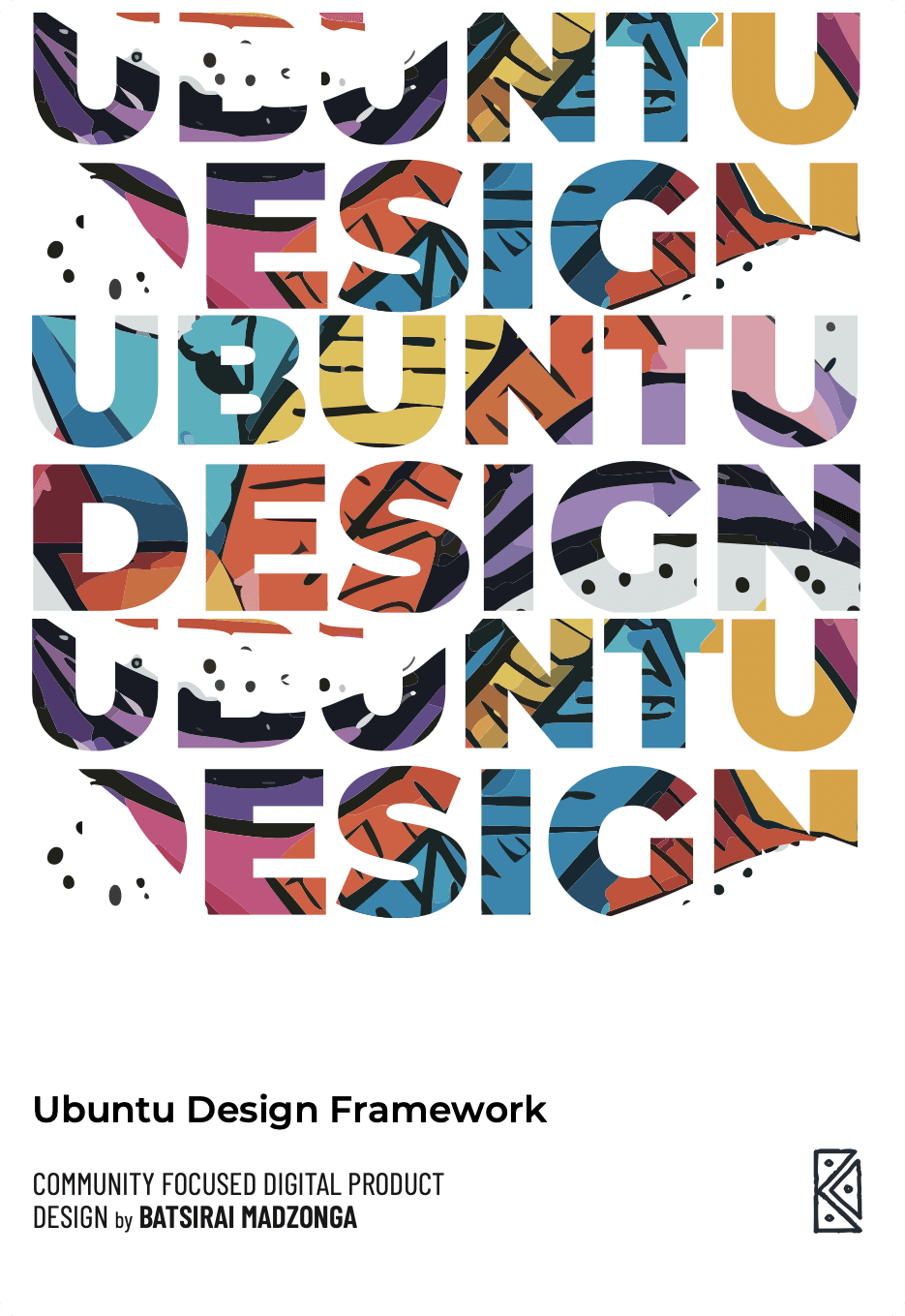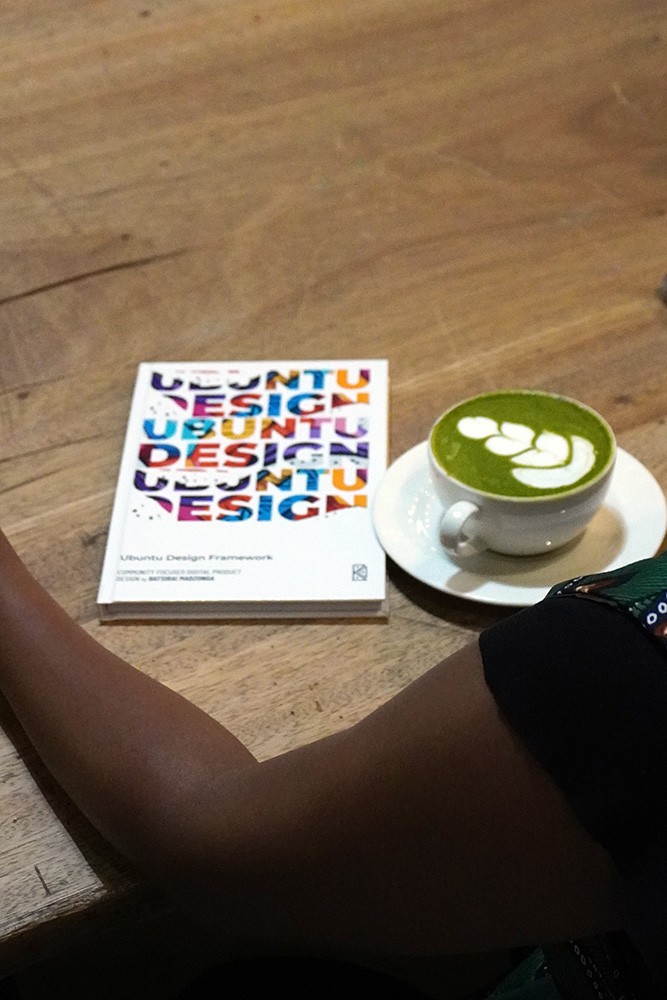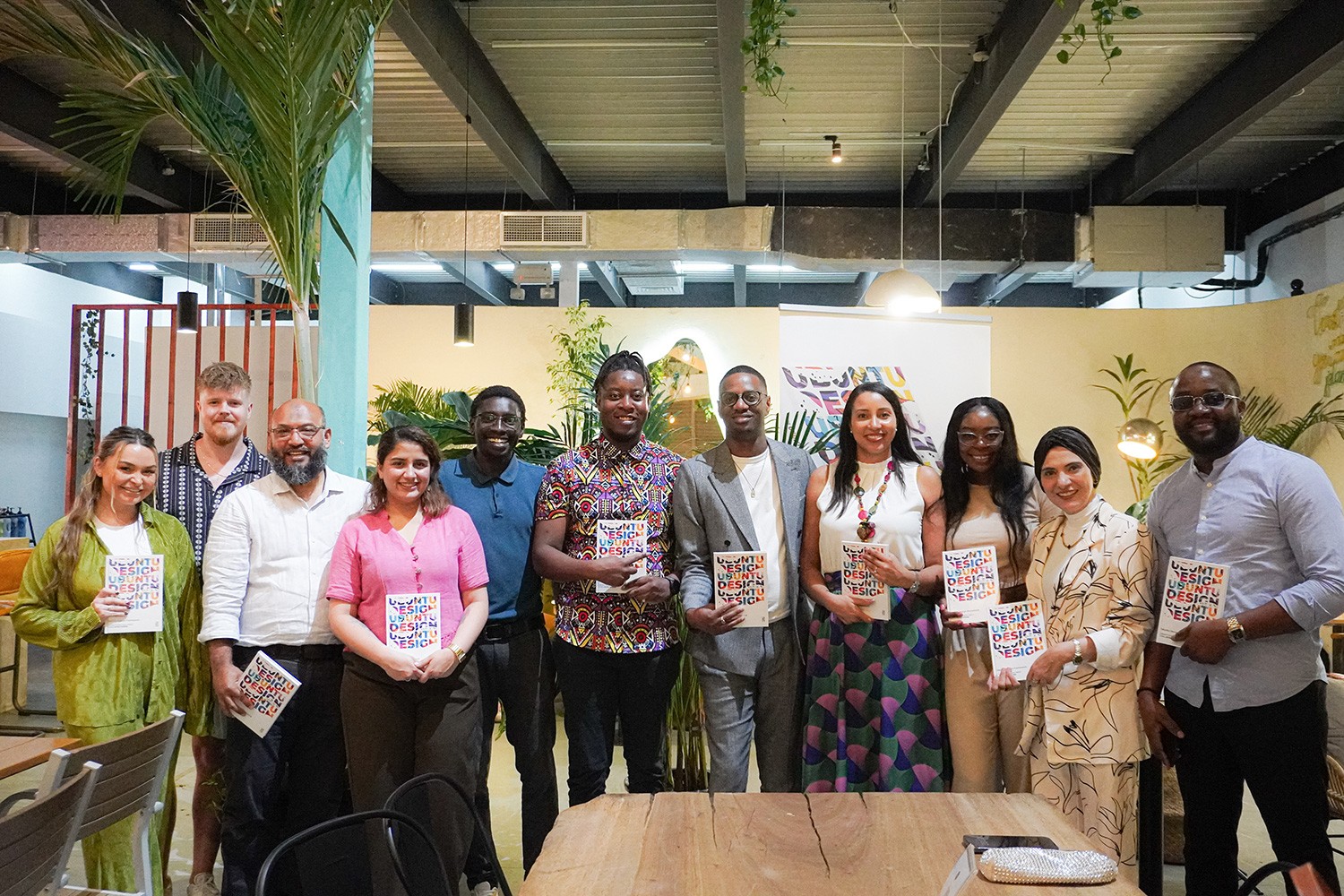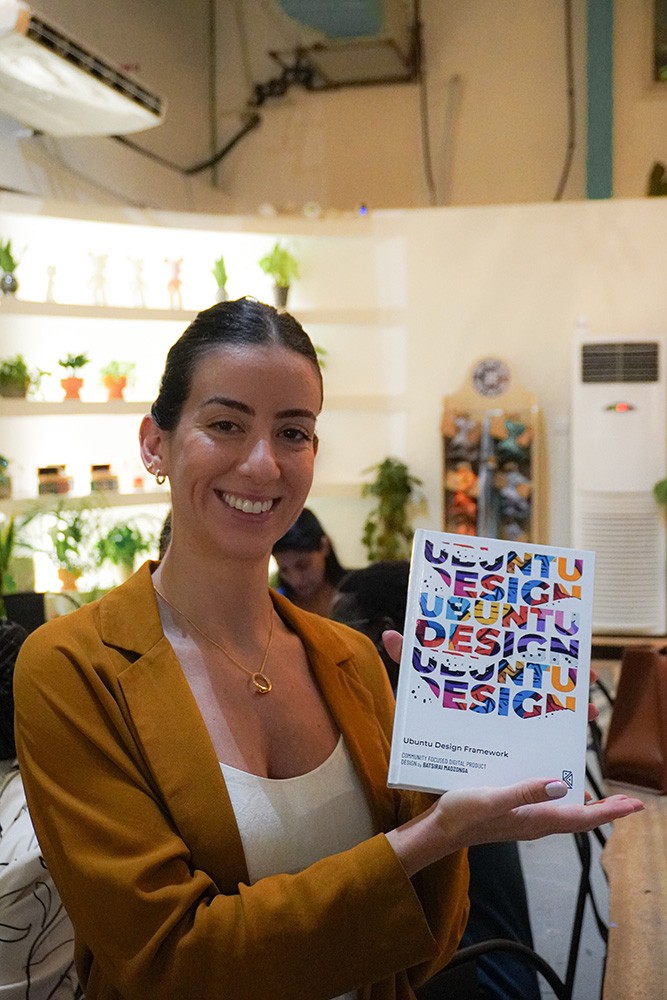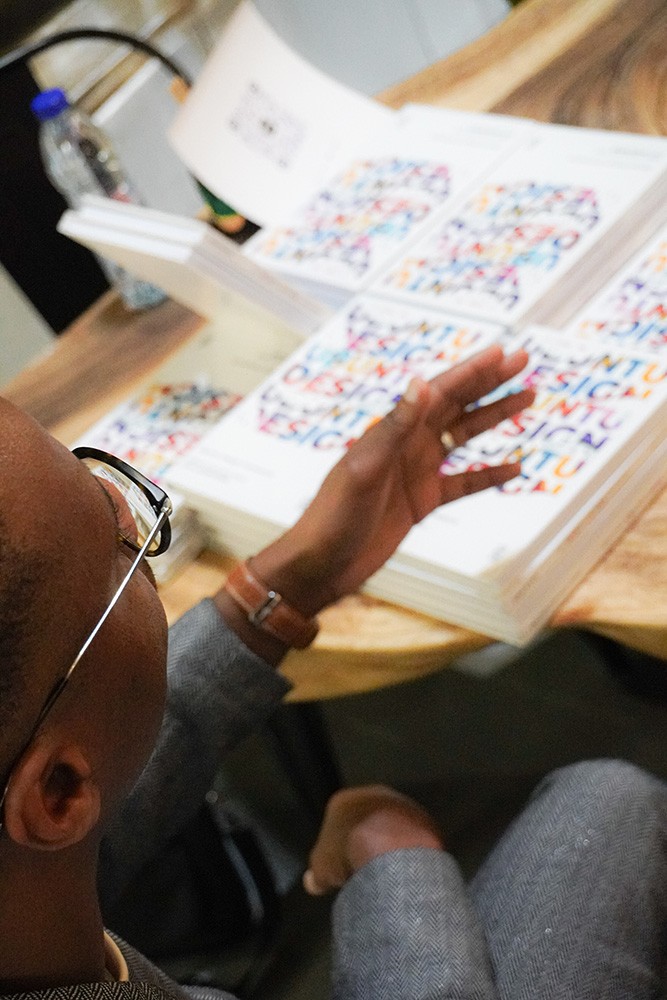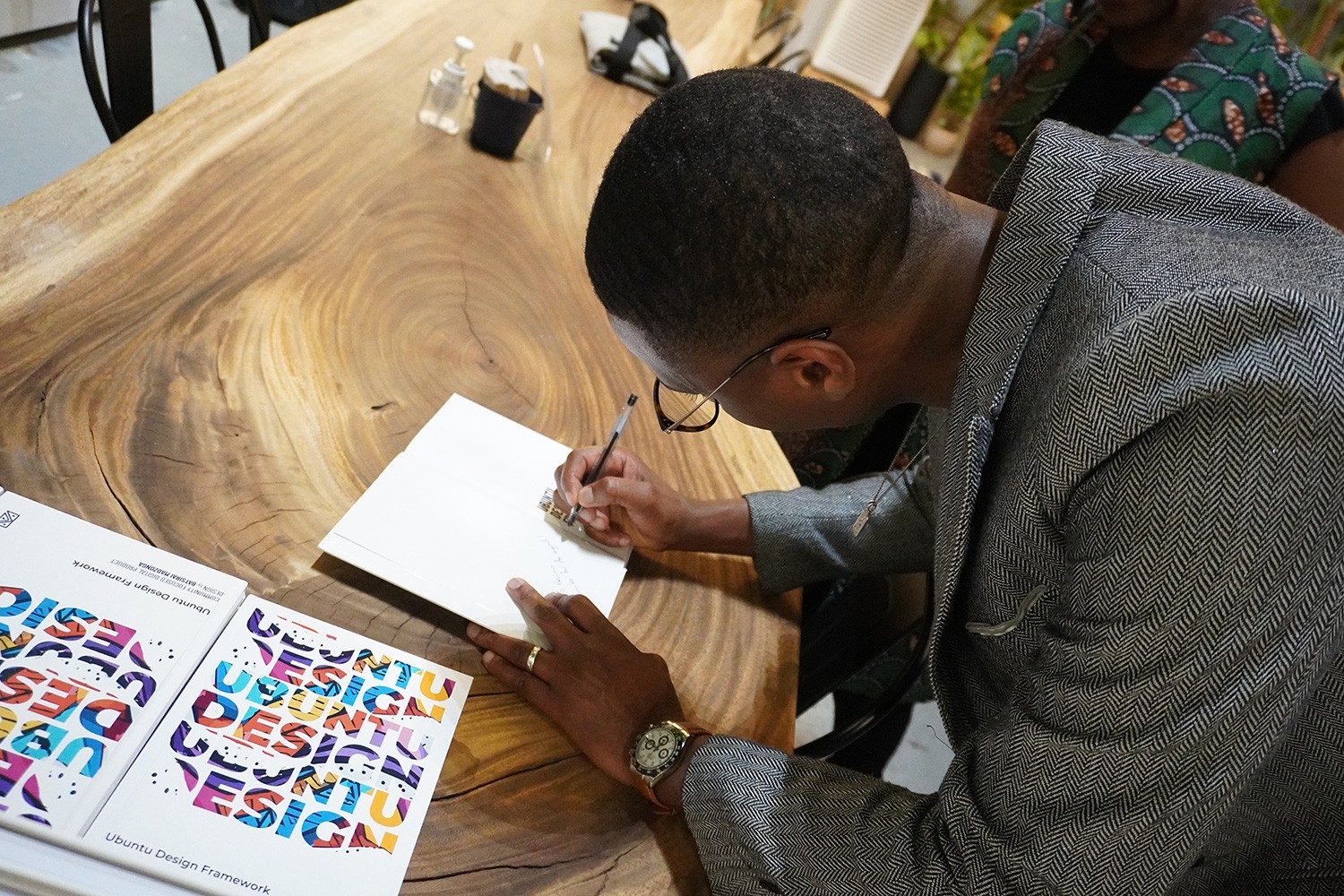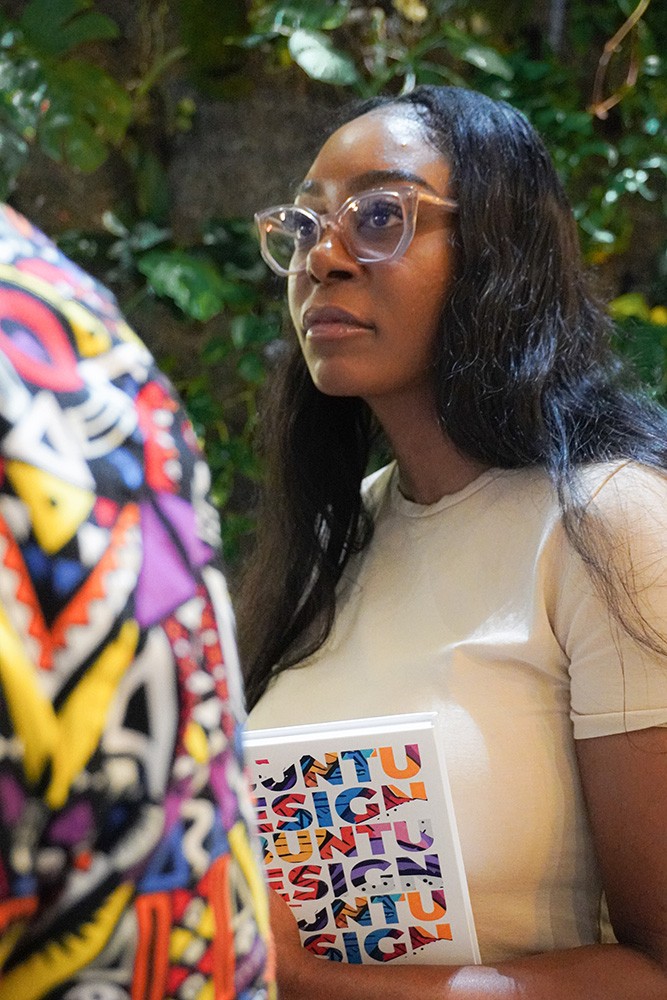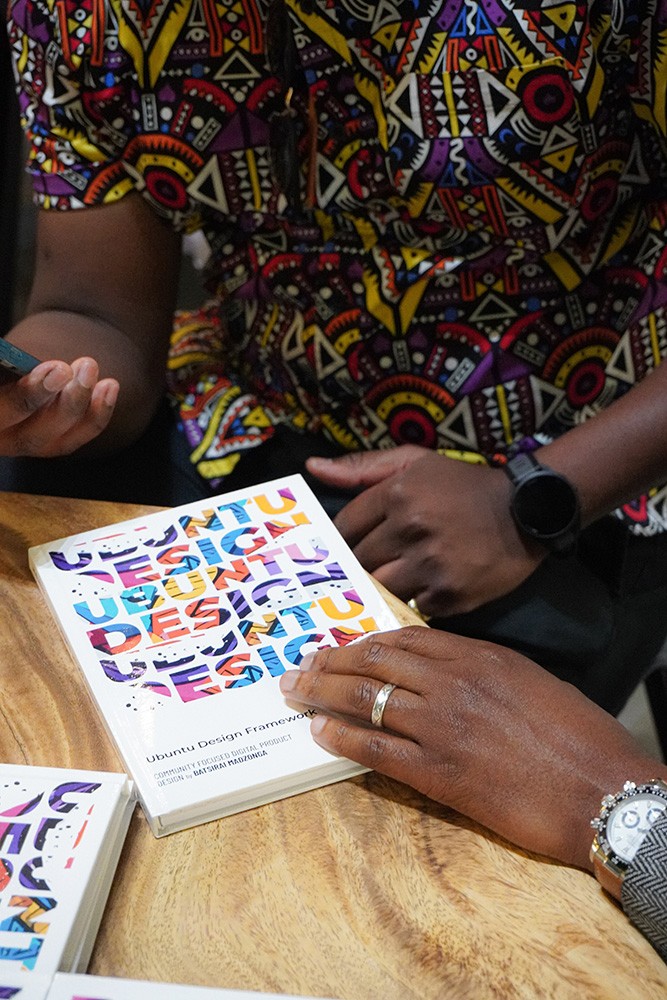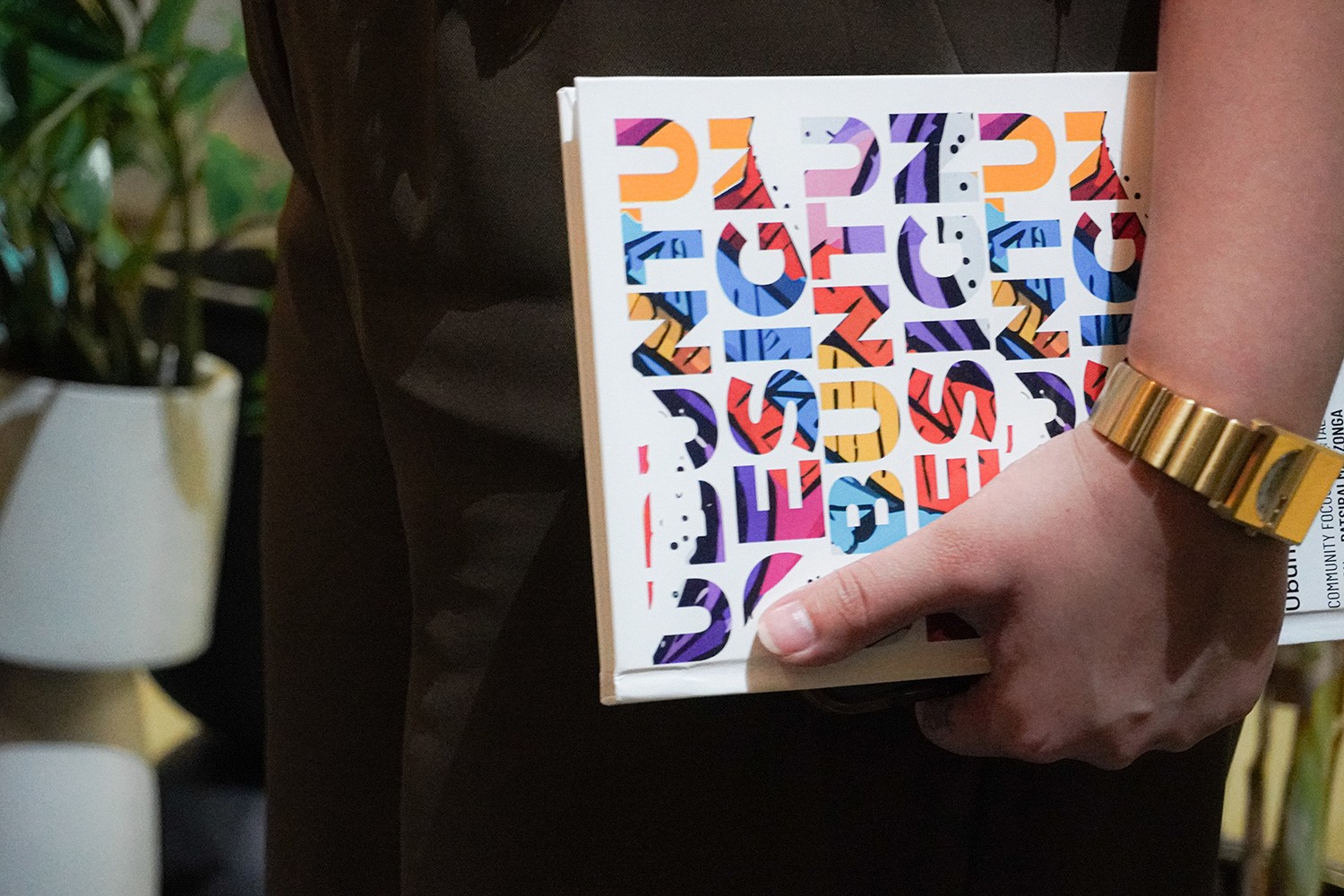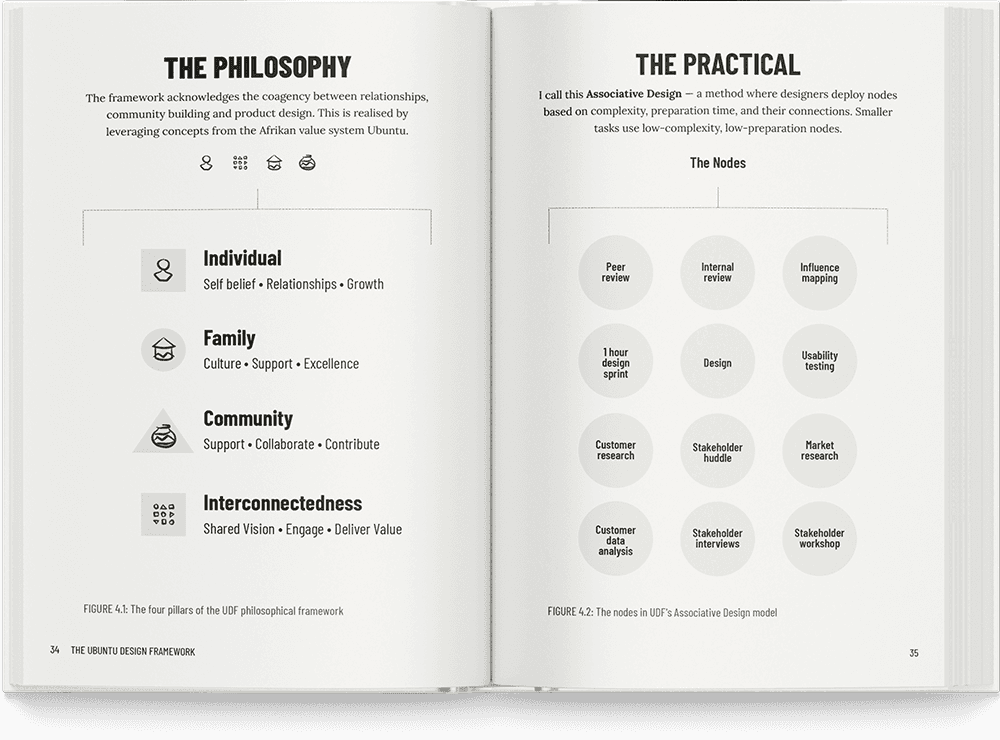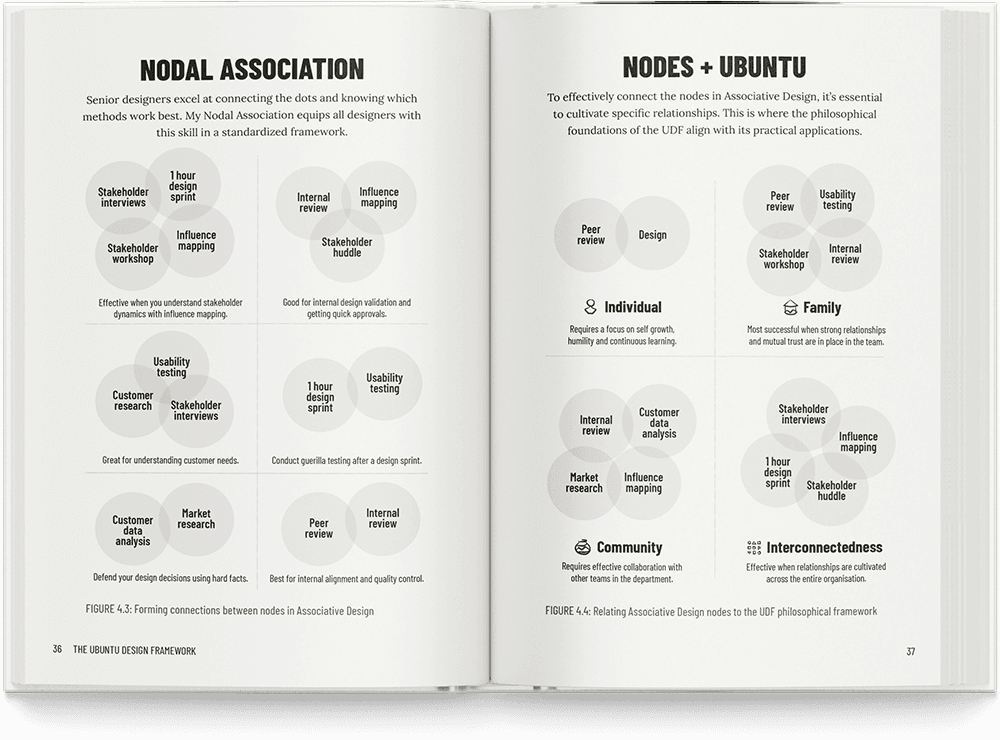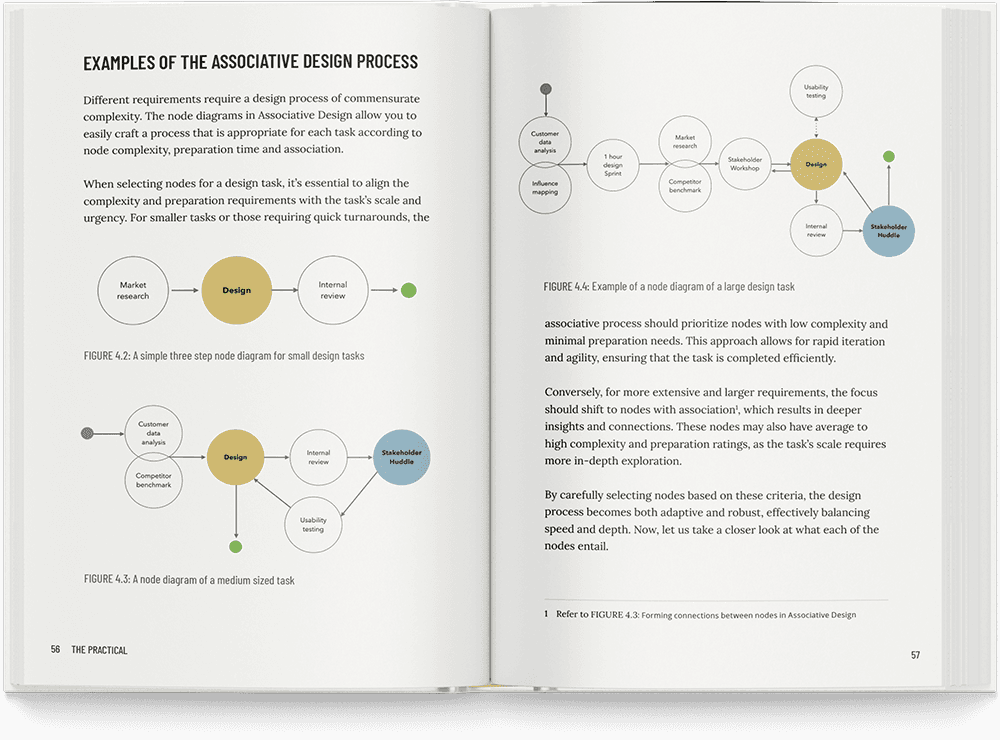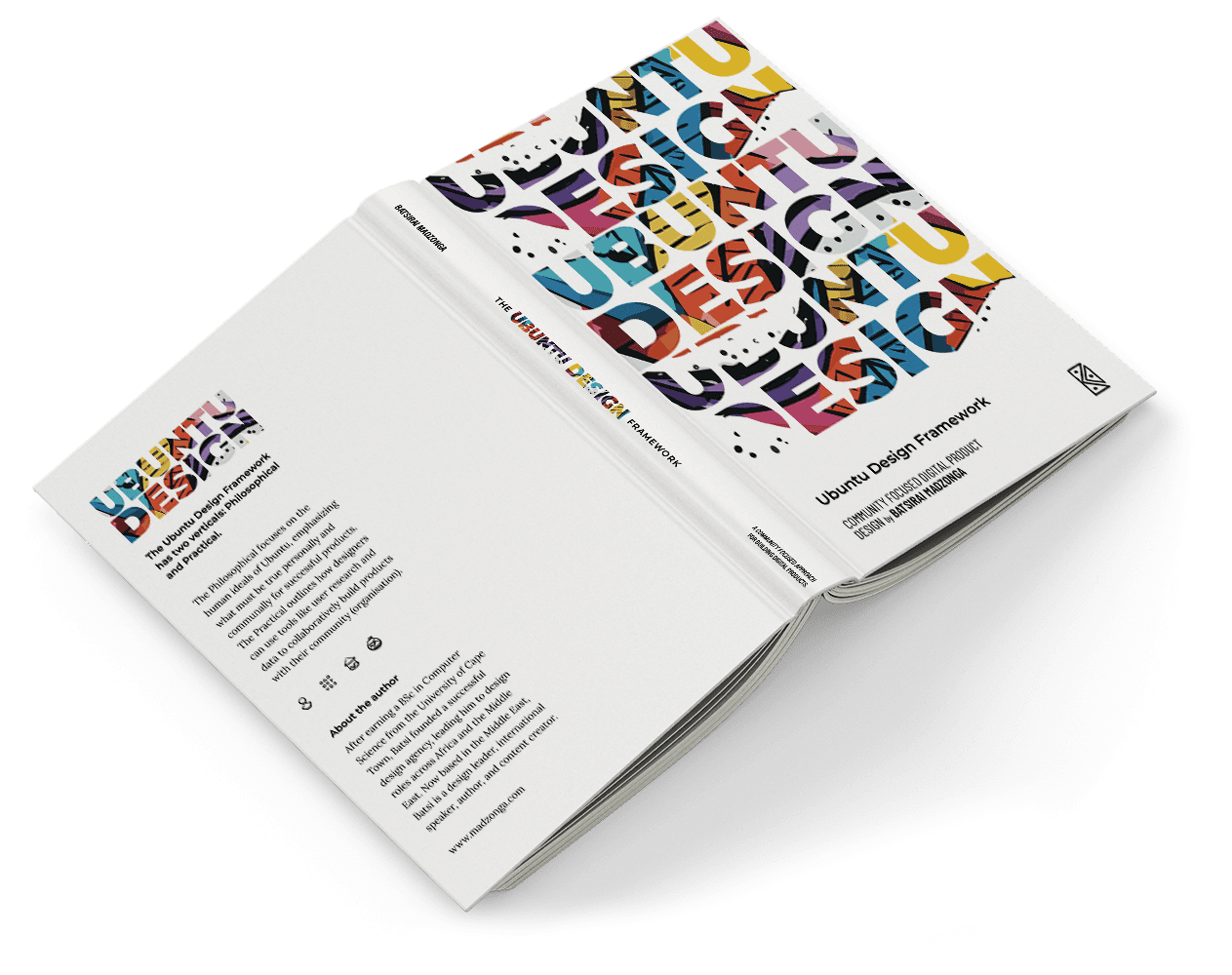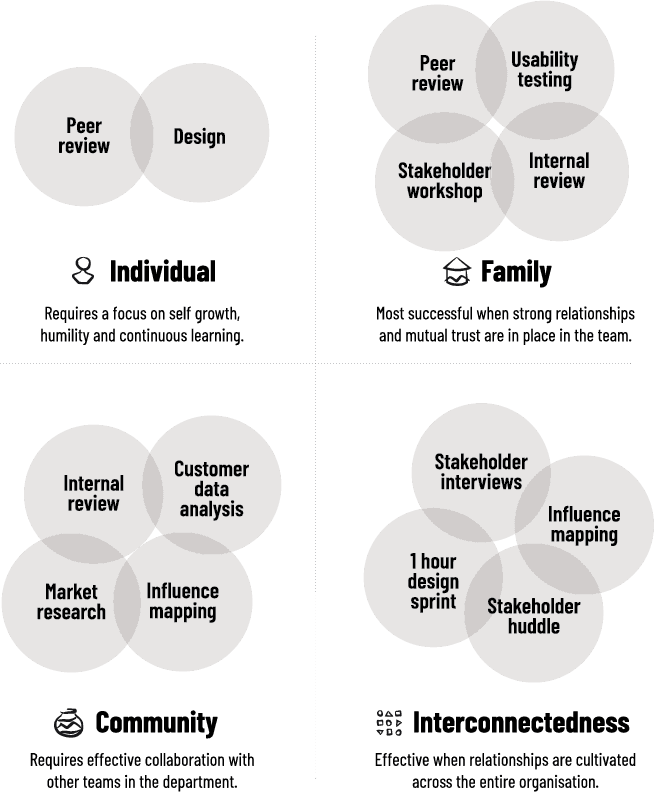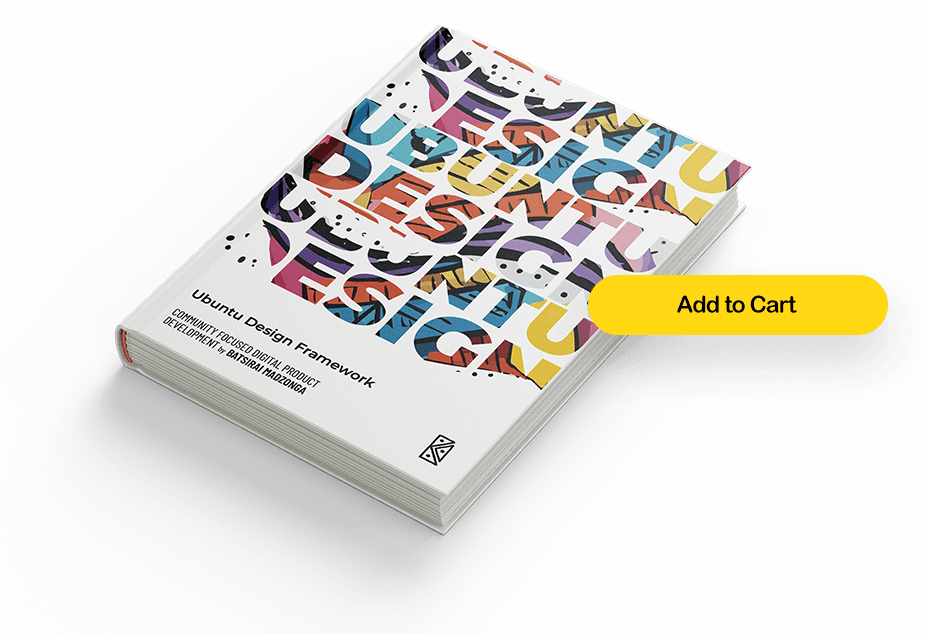You can order from the Amazon store in your region
The Ubuntu Design Framework (UDF) brings a human-centered approach to product design, highlighting how a fulfilled individual can elevate the entire development process. This approach flows through every level of an organization—from individuals to teams, departments, and ultimately the entire company. UDF is built on two core pillars: the Philosophical and the Practical.
The following endorsements reveal how UDF bridges community values with business needs, inspiring more collaborative, human-centered design practices.
This book doesn’t just provide design insights, it’s a philosophy that speaks to the importance of community, collaboration, and empathy in design.
But it’s also a reminder of the importance of growth beyond day-to-day tasks.
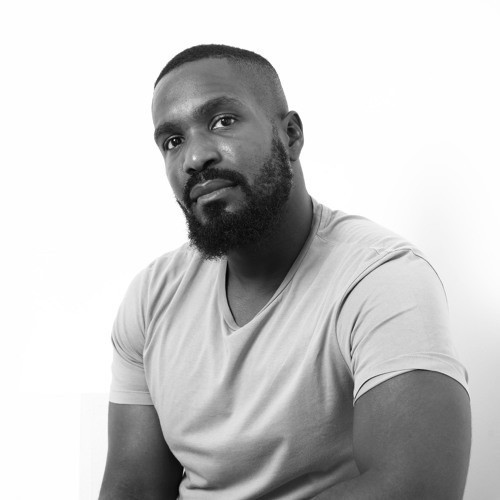
Warren Nuggent
Head of UX & Product Design
The Ubuntu Design Framework challenges us to rethink our approach to leadership, design, and collaboration by centering empathy, community, and shared purpose. I’ve already gained a ton of value from the Ubuntu Design framework and will be using this to supercharge my own design process!

Mustafa Dugsiye
Senior Product Designer
Great book and a very useful framework I’ll be integrating into my design! You should be super proud. What an achievement 🚀

Nathan Patton
Founder @anyday
"You are what you design"—a concept that truly excites me. I'm always drawn to those who do things differently, and Batsi Madzonga’s new book, "Ubuntu Design Framework", embodies that spirit. It highlights the subtle yet profound connections we often overlook, which is what makes it all so intriguing.

Daniel Gozo
Director of Finance
On behalf of the Product Design Community, I extend our heartfelt gratitude for your invaluable contribution.
I’ve completed my reading of this masterpiece, and now... it’s time for me to go out and create something!

Claude Atouba
Senior Product Designer
Associative Design
The Associative Design process brings consistency by providing a structured approach for designers, distilling the intuitive methods of senior designers into a three-part framework: Node complexity, Preparation time, and Association.
The Nodes
The nodes in the framework represent a specific activity or stage within the design process. These nodes form a network of ideas and data that can be leveraged to create functional, user-centered products.
Node Complexity
Gather additional information about the ideal client, market opportunities and design sprint.
Association
Determine design patterns, elements of template pages and work with developers to test design functionality.

